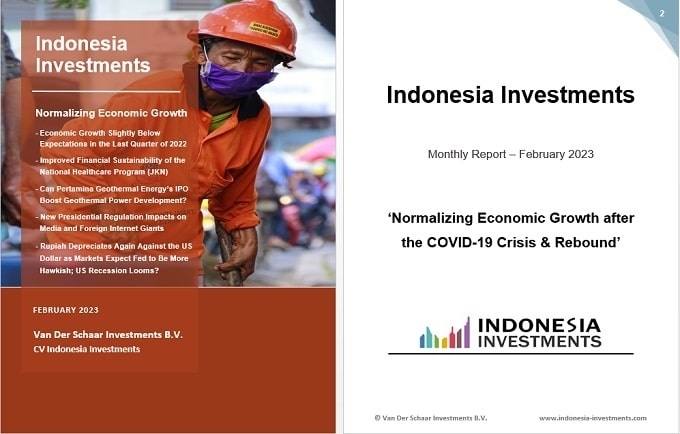Indonesia’s National Healthcare Program Expected to Swing Back to Deficit by 2024
It is interesting to take a quick look at Indonesia’s national healthcare program (in Indonesian: Jaminan Kesehatan Nasional, JKN) that is managed by the government’s Social Security Agency (BPJS Kesehatan).
First back to the basics: what is the JKN program? This JKN program actually evolved from the Indonesian government’s Public Health Insurance program (in Indonesian: Jaminan Kesehatan Masyarakat, or Jamkesmas) that was launched in 2005. Through the Jamkesmas program the Indonesian government committed to providing health insurance for the country’s poor households.
Over the years Jamkesmas evolved into universal health coverage, implying that all Indonesian citizens have access to quality, yet affordable, healthcare services. On 1 January 2014 – under the second Susilo Bambang Yudhoyono (SBY) administration – the JKN program was launched.
From the start this, obviously, was a very ambitious undertaking considering there are (currently) around 275 million Indonesians across the Archipelago. The biggest challenge is to keep a healthy balance sheet when affordable healthcare services are offered to the entire population (after all, medical services can be very costly; such as chemotherapy, which can easily carry a price-tag of more than USD $100,000, per person).
Since the start of the program, JKN has undergone a number of improvements, such as enhanced regulations, increased levels of participation, improved benefits, better-calculated premiums, a more efficient information management system, improved management and the use of the capitation fund at community health clinics, and the use of a prospective payment system for hospitals.
A key motif for the government to push for this program (besides the issue of social justice that strengthens popular support for the cabinets) is that a healthy economy needs healthy people. When poor health, or a medical issue, remains untreated it can have an effect on an individual's economic standing in the following four ways:
[...]
This is part of the introduction of the article. To read the full article you can order the February 2023 report (an electronic report) by sending an email to [email protected] or a message to +62.882.9875.1125 (including WhatsApp).
Take a glance inside the report here!
Price of the February 2023 report:
Rp 99,000
USD $10,-
EUR €10,-

